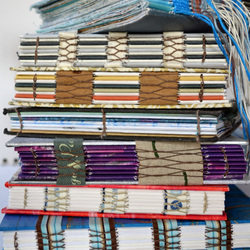Many people find that at times of high stress or extremely busy periods their creative juices dry up – usually just at the time when we need them most! Daily practice is a simple, non-threatening way of getting back into creativity again.
One of the key messages is that whatever our creative passion, we can all commit to doing something creative each day, and we will grow creatively through this.
Another is that the thing you do doesn’t have to be perfect, and you don’t have to like it; it just has to be. This daily practice thing is much more about learning to have the courage to fail than making great art every time you get your materials out or making perfect stitches every time you thread a needle.
But actually it’s the most positive thing in the world; if you can learn to experiment and try things out, without the need for the results to be perfect (or even good) or for you to like them, then your confidence will grow as you learn what you can do, how your materials work, what you like and don’t like and how to do things deliberately.
One of the things you’ll often hear at our studio is that it’s not a mistake, it’s a design opportunity. Many apparent failures have become scientific successes: for example, the synthetic dye mauve was discovered by William Perkin while he was trying to synthesise quinine, and there are loads more examples. It’s true that failure helps learning take place; this idea has been embraced by Elizabeth Day in her book and podcast – How to Fail with Elizabeth Day. In the podcast she is in conversation with guests who are asked to bring three examples of the times in their life where they consider themselves to have failed. During the programme they explore what they learned about how to succeed better and effect this has had in their lives. A fascinating listen!
- take a photo of something joyful each day. Then maybe post it to Instagram or publish them in a book as Hazel did in 2017 – #thelivinglifeonedayatatimeproject.
- make a quick sketch each day – you’ll be amazed how much your observation skills and therefore your drawing improves. In 2018 we launched the #10minutedrawingproject on the blog and Instagram, which was a daily challenge to draw for just 10 minutes each day. Some people stayed for longer than others – I managed about a month of nearly every day, Hazel managed three, but one of our friends (@BecHandyside) did it for the whole year and hasn’t stopped drawing since. From basic beginnings her drawing is now amazing!
- Do some kind of stitching each day – this would link really well with our stitch blog and you’ll find plenty of ideas from Hazel to keep you going for a long time. This is such a versatile project and is really easy to fit into your daily routine – stitch just a line a day; or one length of thread; or one pattern. Hazel loves stitching on old linen and started this piece in January 2017 as a #1yearofstitches2017 project and worked on it with one piece of thread daily until it was full.
- I love book making (have I told you that before?) so I started a book-a-week challenge in 2017. I lasted about two months before life took over again, but I did have a whole series of books to show for the experience… and I learnt several new techniques.
And you’ll find many stitchers and artists use this way of working. Here are just a few of our favourites:
- David Hockney has worked this way for years, often using an iPad – you may remember seeing some of the resulting images at the Tate exhibition of his work in 2017? Recently he has been recording the spring trees daily from his Normandy home, both on his iPad and in paint, and sent them to the BBC as a respite from the news. You can read the article here.
- Sarah Hibbert, a quilter, (@quiltcornerstone on Instagram) had a 100 day stitch project – hand quilting daily (sometimes using InStitches hand-dyed threads) on her beautiful pieced quilts. (image: ©Sarah Hibbert)
- The Free Motion Quilting project – set up by Leah Day in 2009, she stitched and posted a new free motion quilting pattern every day for at least a year . It has now been published as a book and is a great reference if you’re going to use the idea of regular practice to improve your FMQ. If you search her archives back to 2009 you’ll find the patterns.
- If, like me, you need a deadline to help that commitment, The Sketch Book Project from The Brooklyn Art Library might be for you. It is a huge crowdfunded library of stories in the form of sketchbooks. It’s a non-profit organisation, and to take part you purchase a sketchbook from them, fill it over the allotted time, and then submit it to be included in the physical and digital (now at extra cost) library. I did it way back in 2012 (it was started in 2006 and has grown hugely since then) and my book is still available to view here which I think is amazing. And even if you are not wanting to take part, it’s a great resource, with over 41,000 sketchbooks in the physical library, over half of which are available to view online.
- fill a page with marks each day
- tidy one drawer or shelf of your creative space each day (yes, that counts!)
- write down ten ideas each day
- explore one art item you bought at a show and have never used each day or week
- go for a walk each day and really observe your surroundings. Maybe have a theme so you can focus – birds, spring leaves, city sounds, graffiti; make notes
- stitch a line each day
- write something each day – maybe a poem or paragraph, or a traditional diary
- fold an origami crane each day
- Stitch a new block for a quilt each day (or probably more realistically each week) – there are so many Block of the Month projects out there, nearly every quilt shop runs one. But you could make your own up; why not theme it to a type of design eg stars, or a technique eg appliqué, or a style eg modern quilts?
- any of our creative warmup paper blog exercises
Of course, there need to be some guidelines, or we would be completely overwhelmed with choice. I would suggest that the main guideline [no … RULE!] should be that whatever you choose to do should be enjoyable – this is not supposed to be a chore!
On Facebook reply to the relevant week's post with your comments and images. And don't forget to actually follow InStitches on Facebook to see what everyone else is up to.
Until next time - keep the creativity flowing...
Terry & Hazel
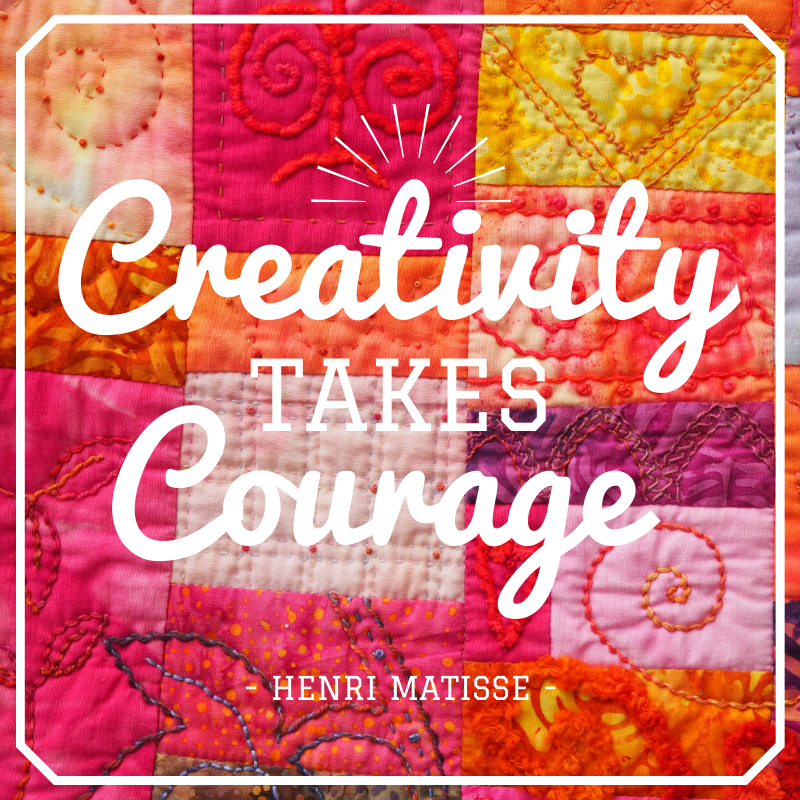
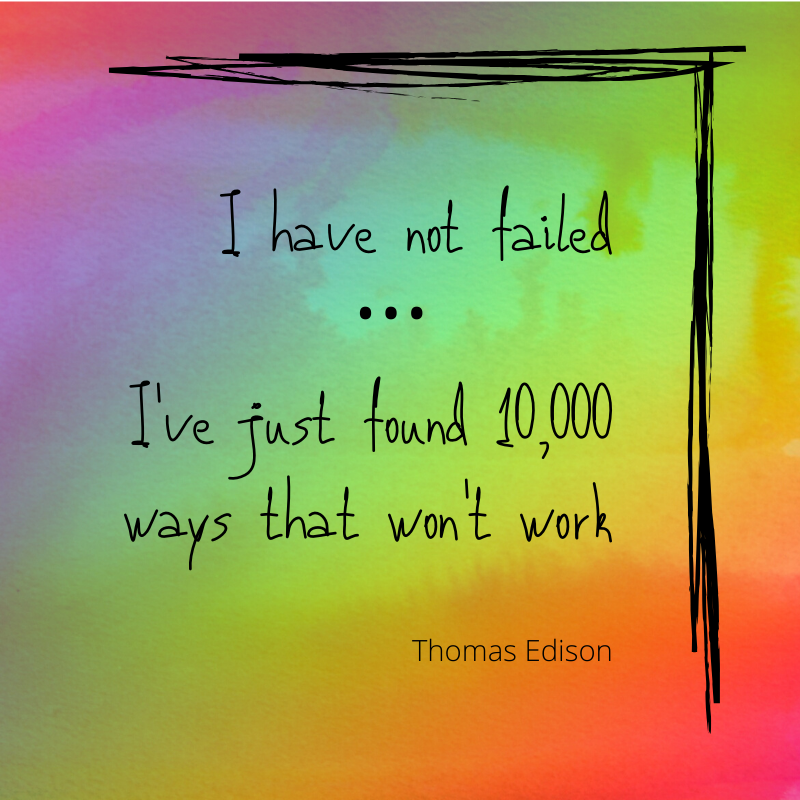
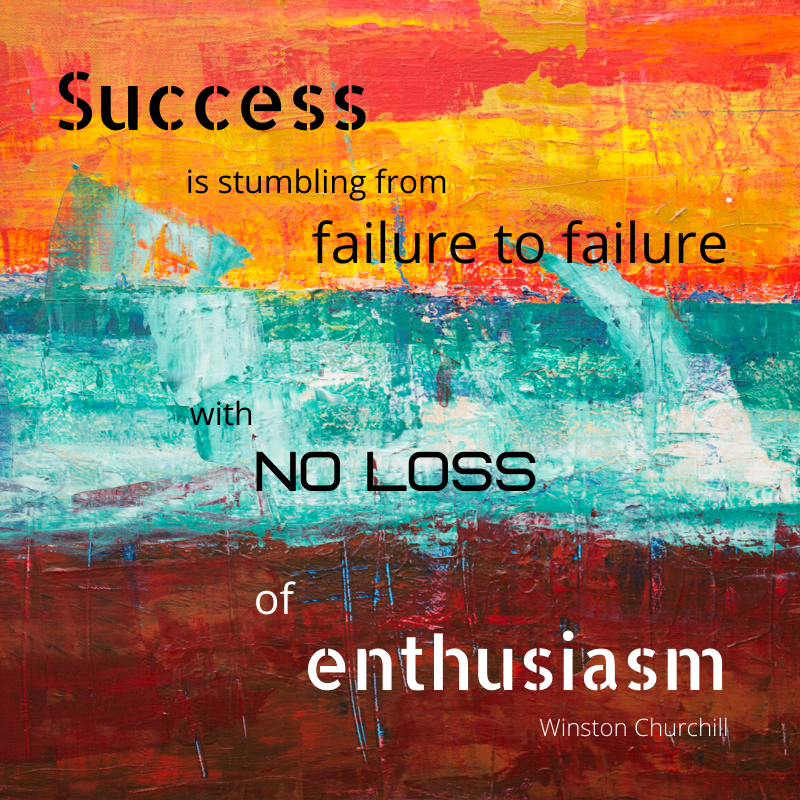

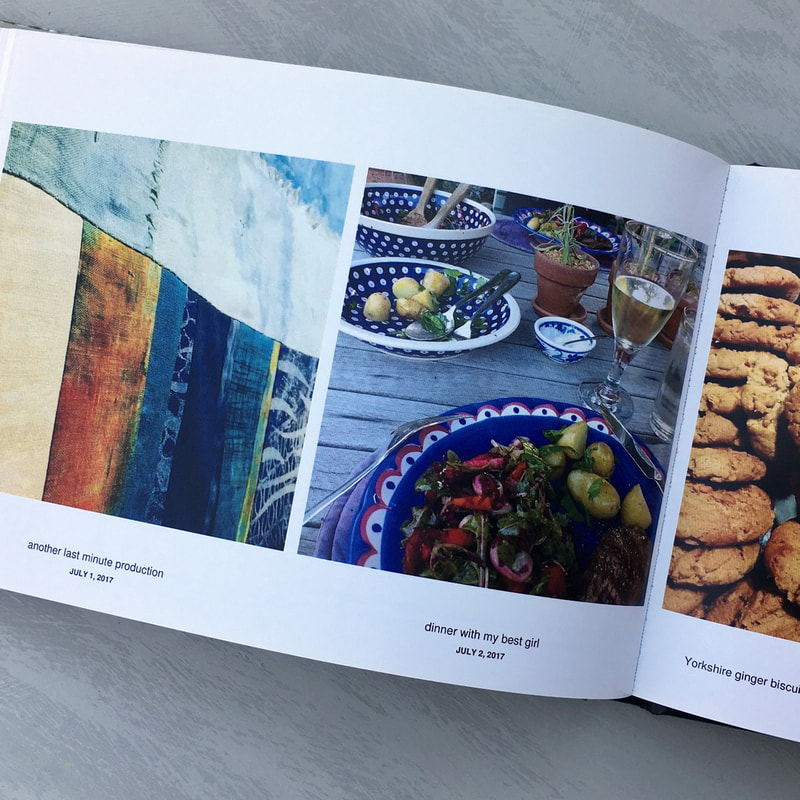
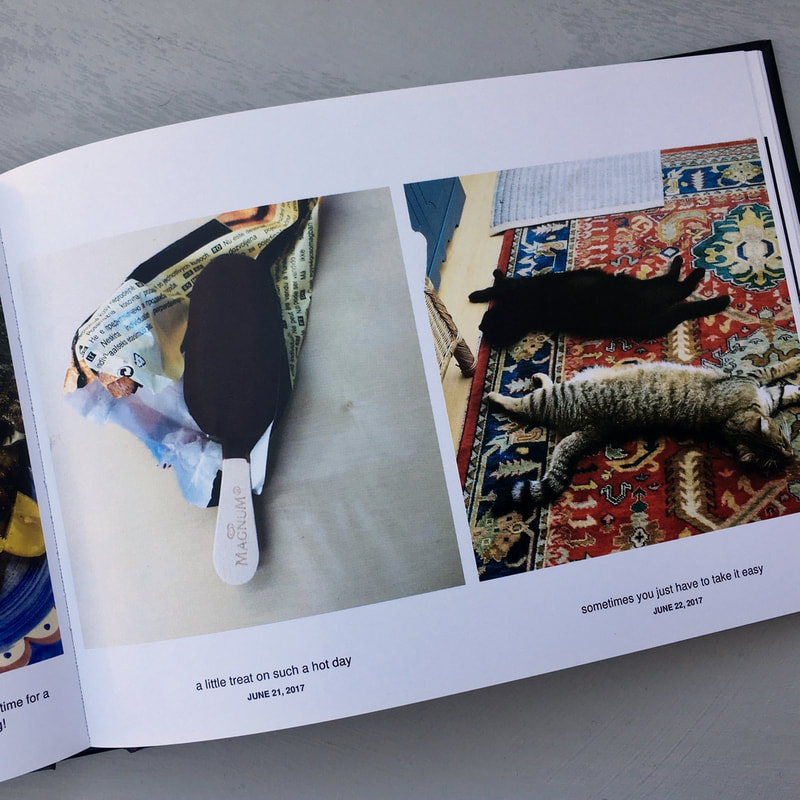
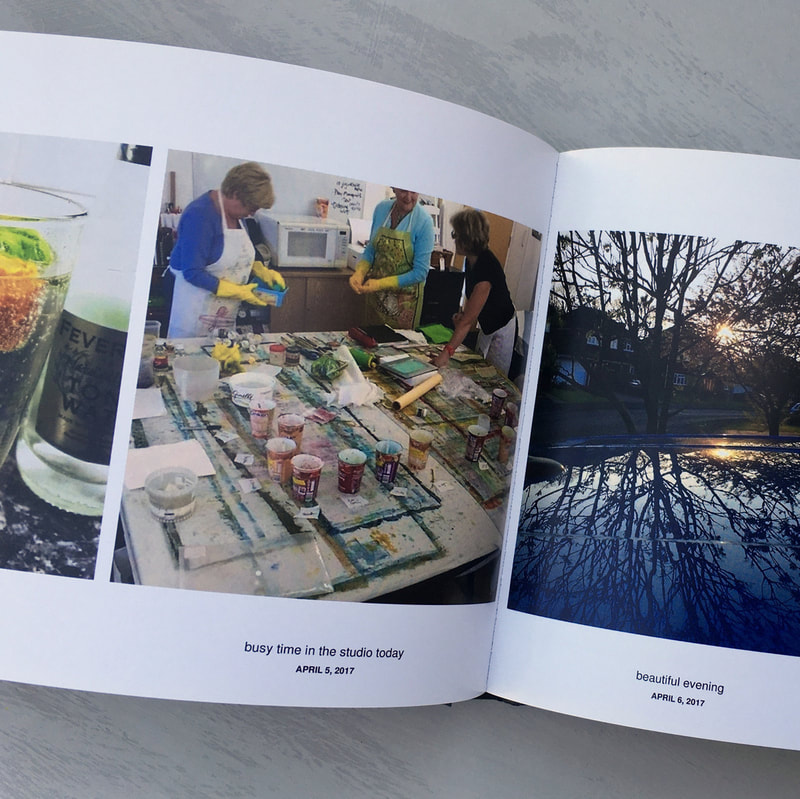

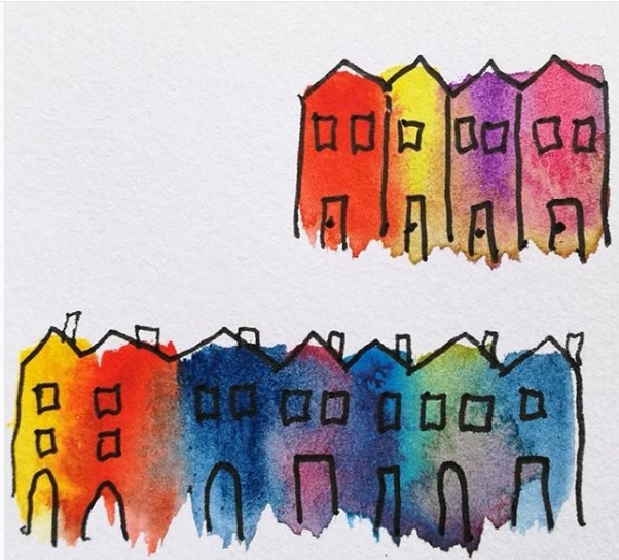
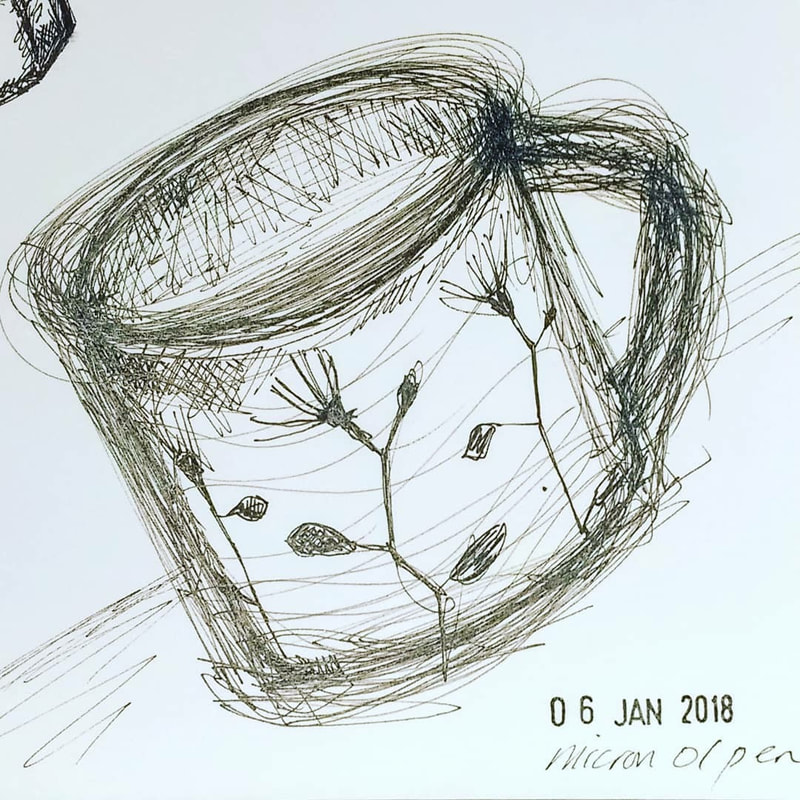
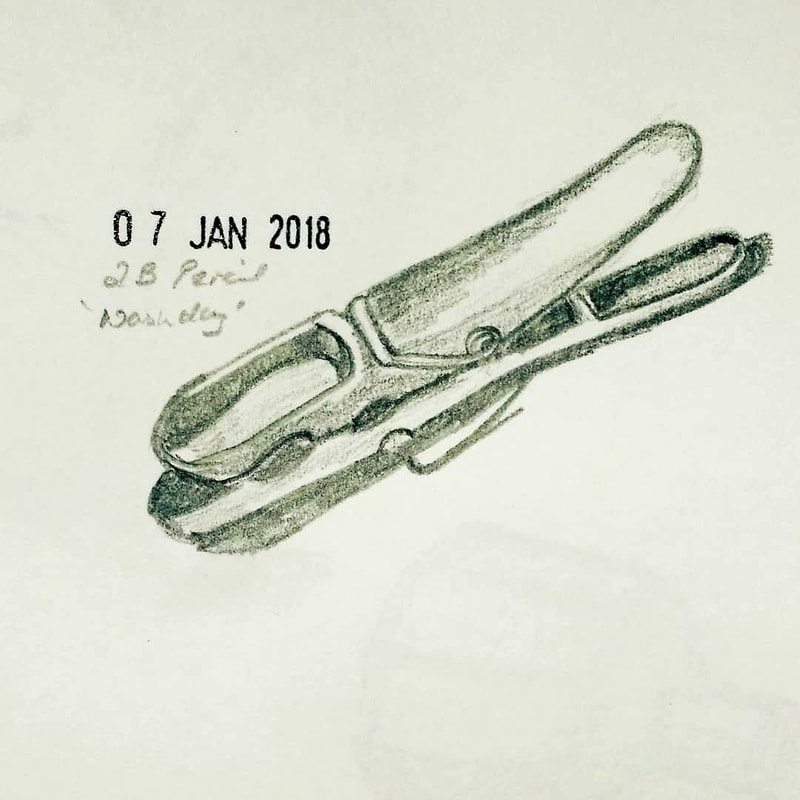
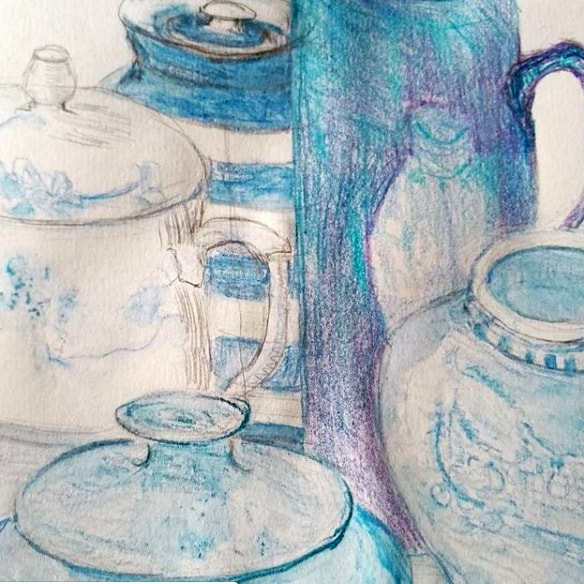
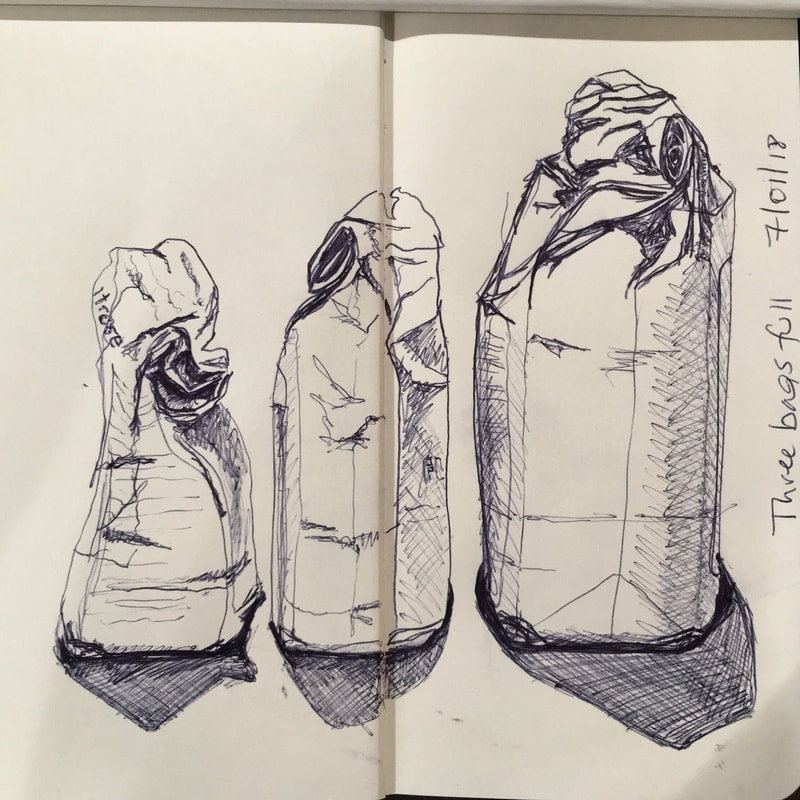
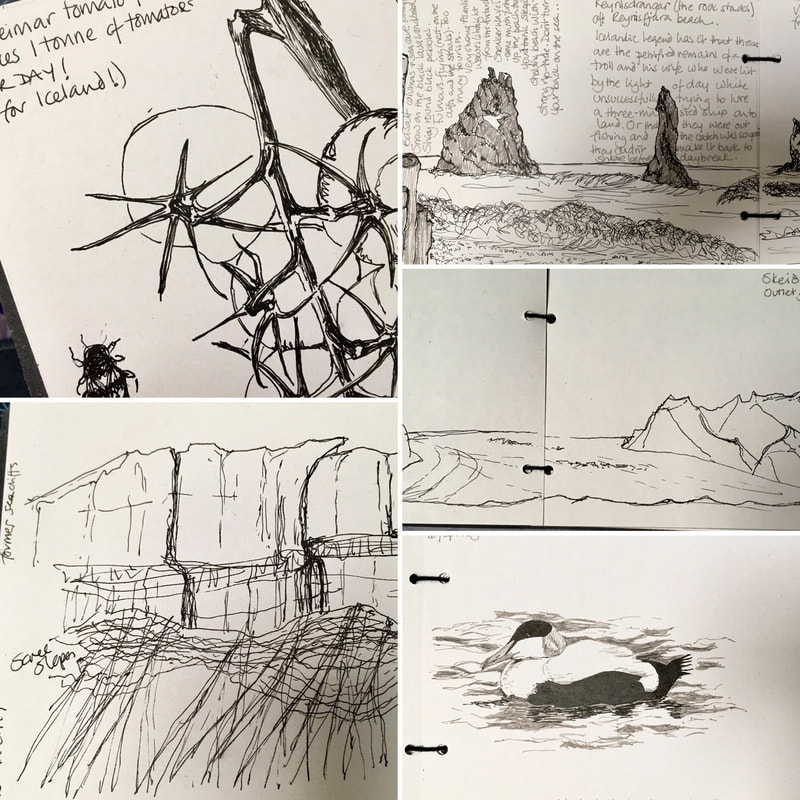
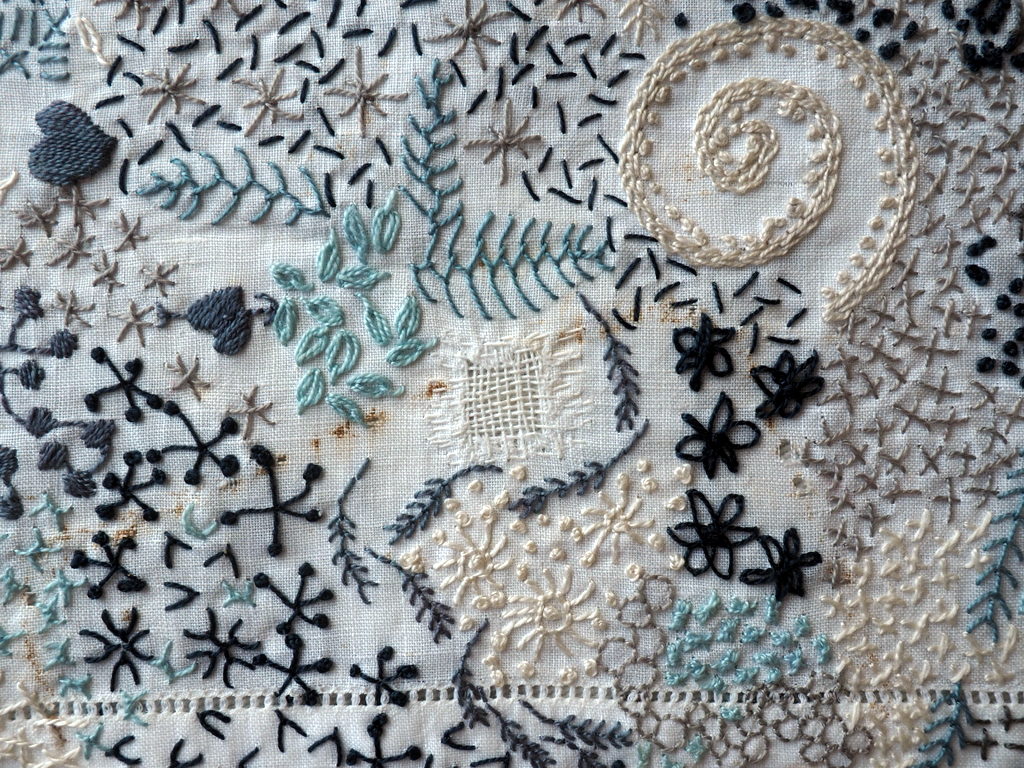
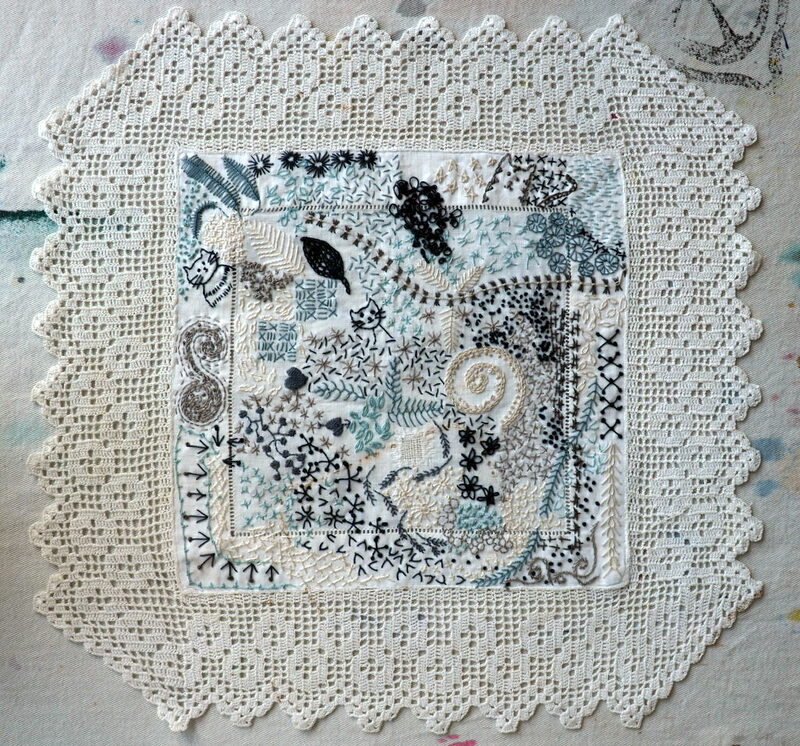
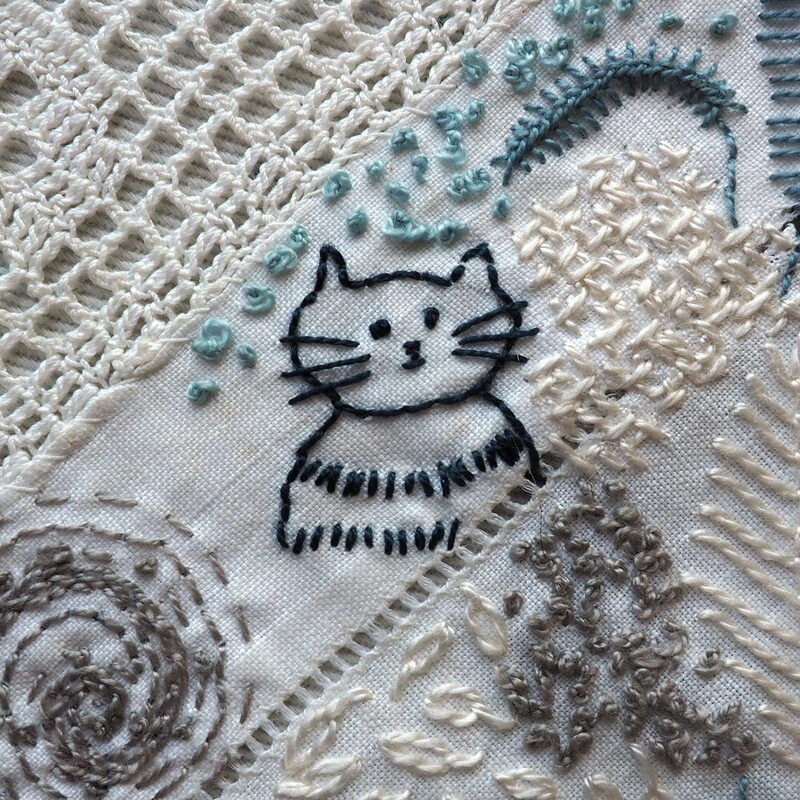
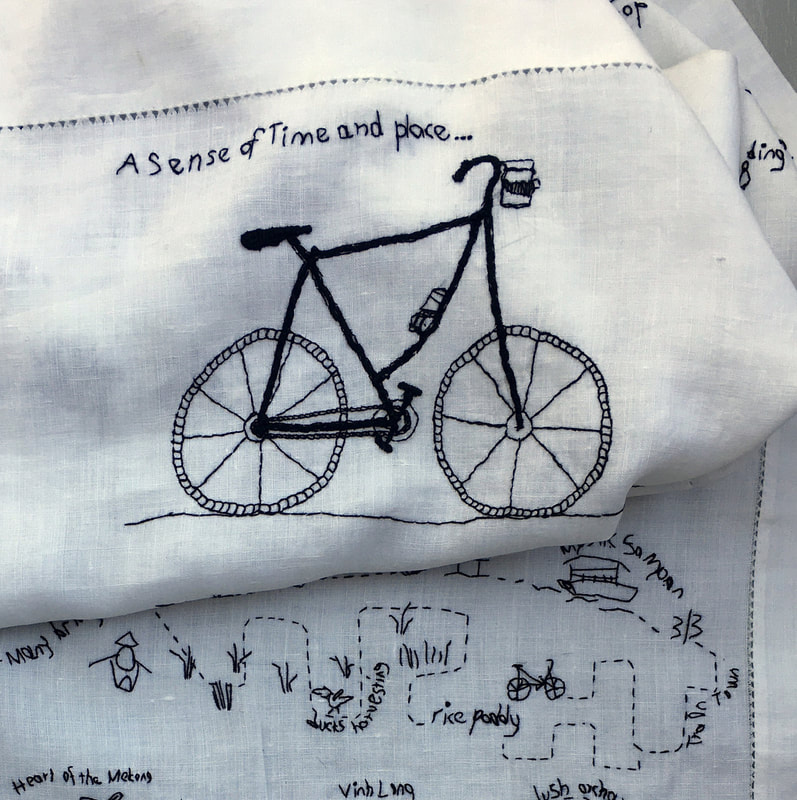
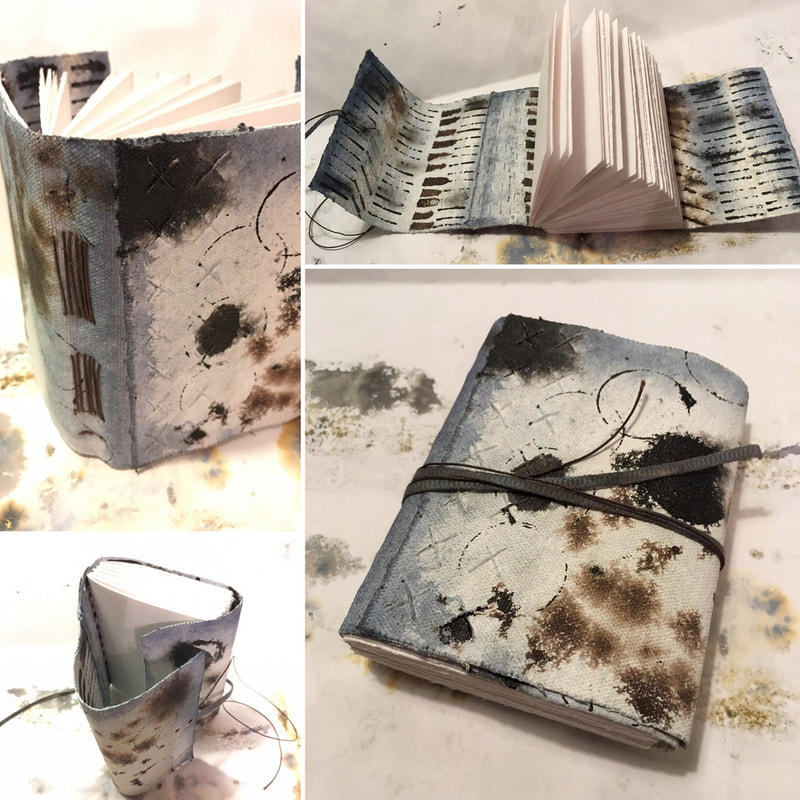
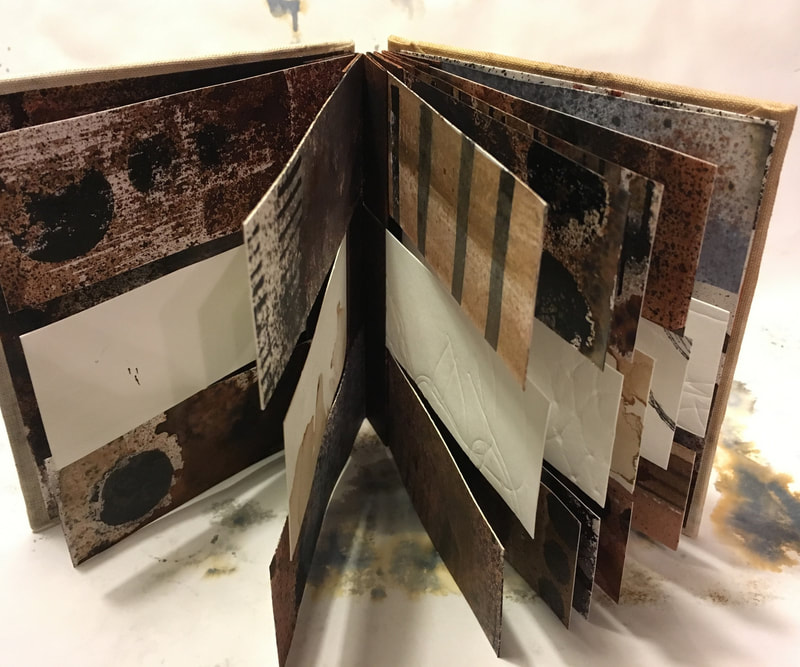
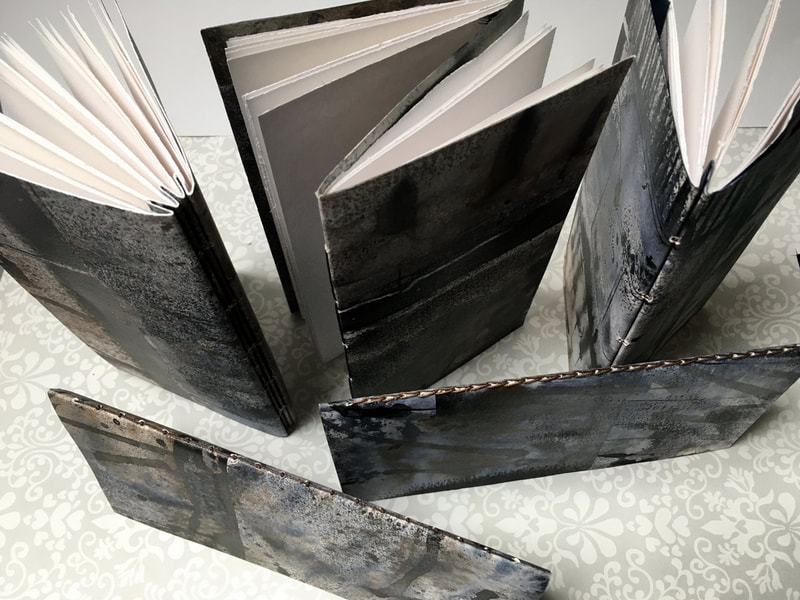
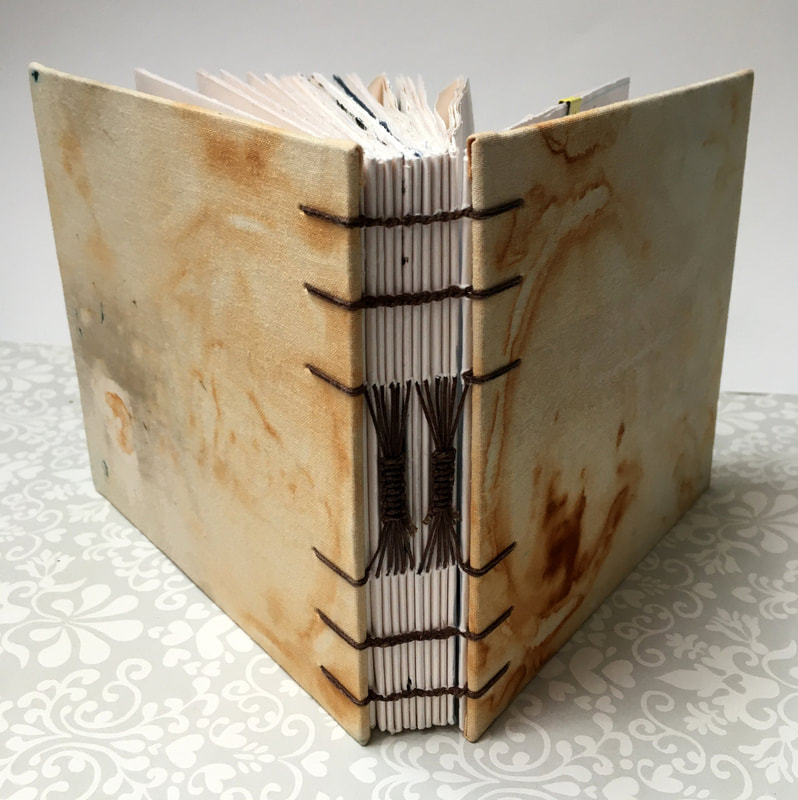
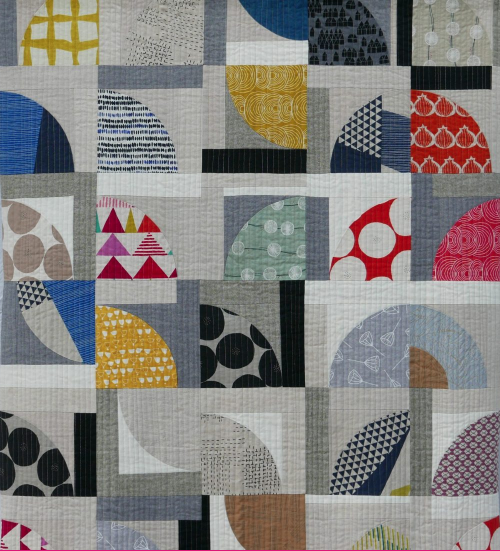
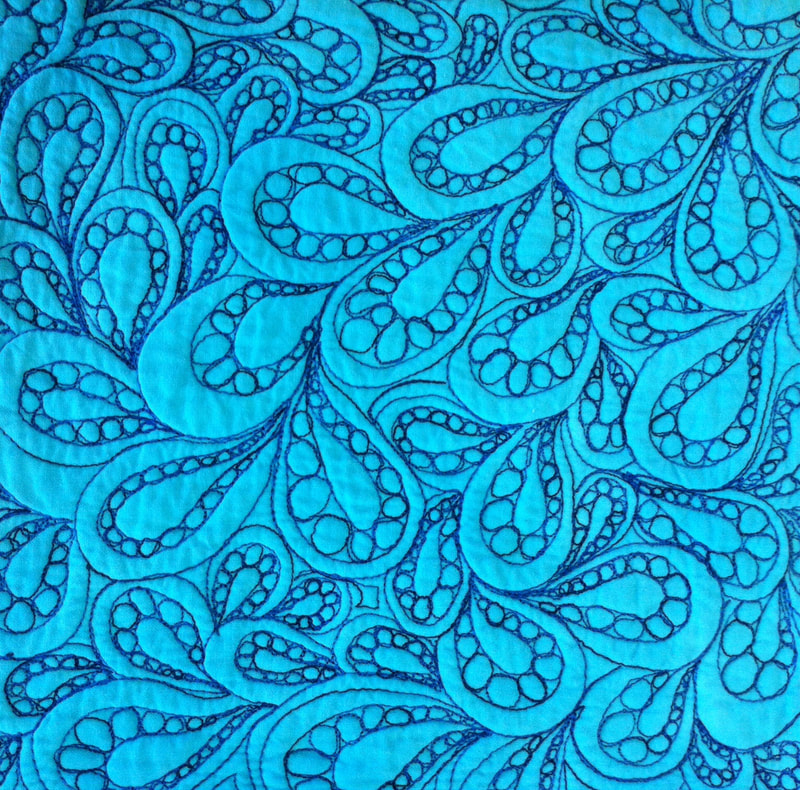
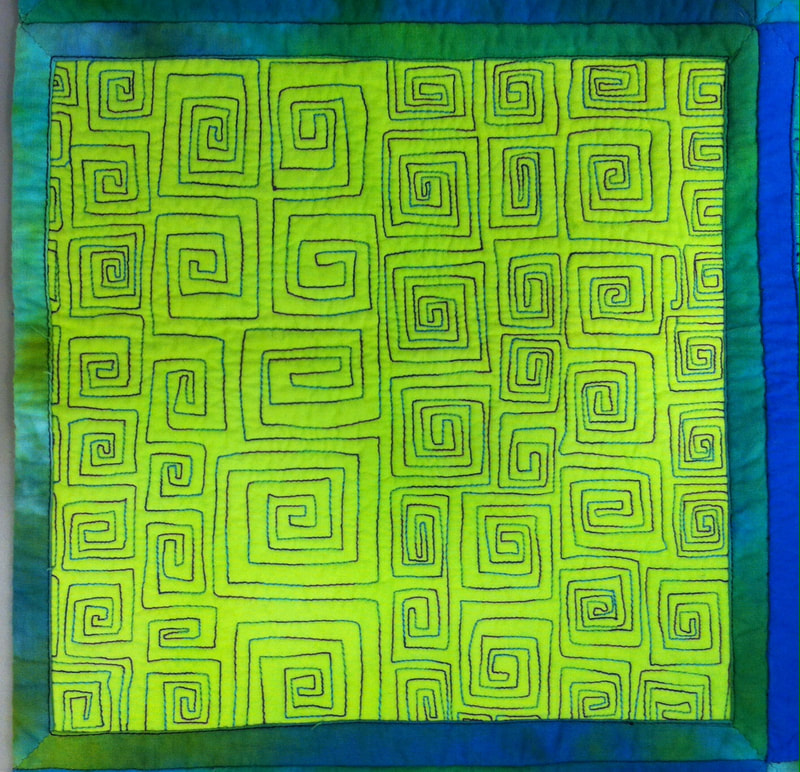

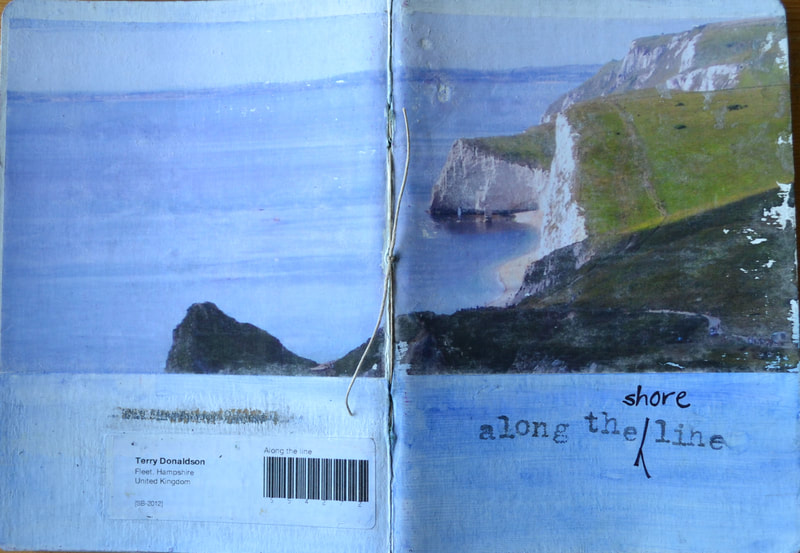

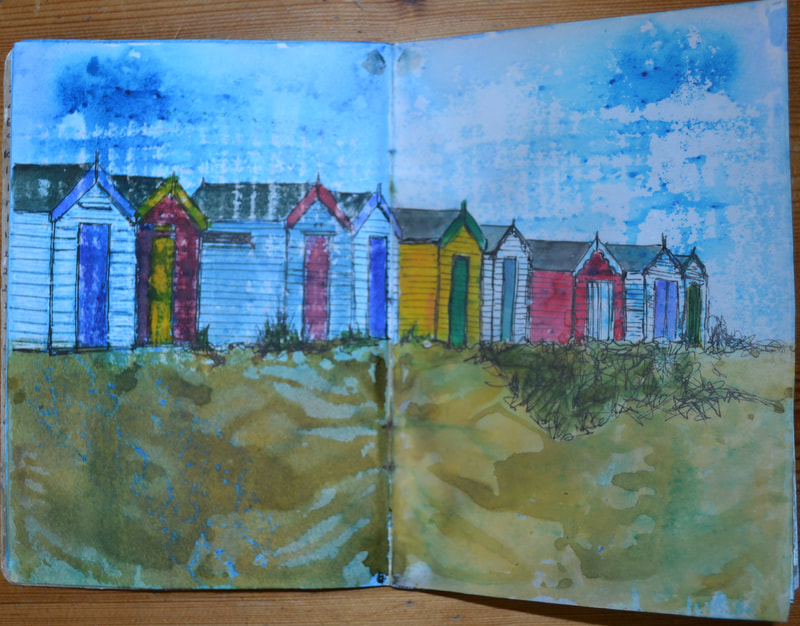
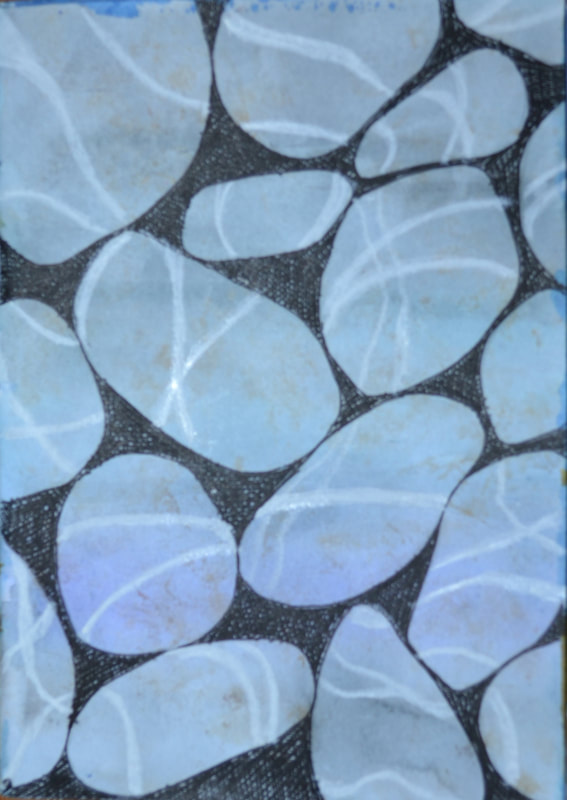


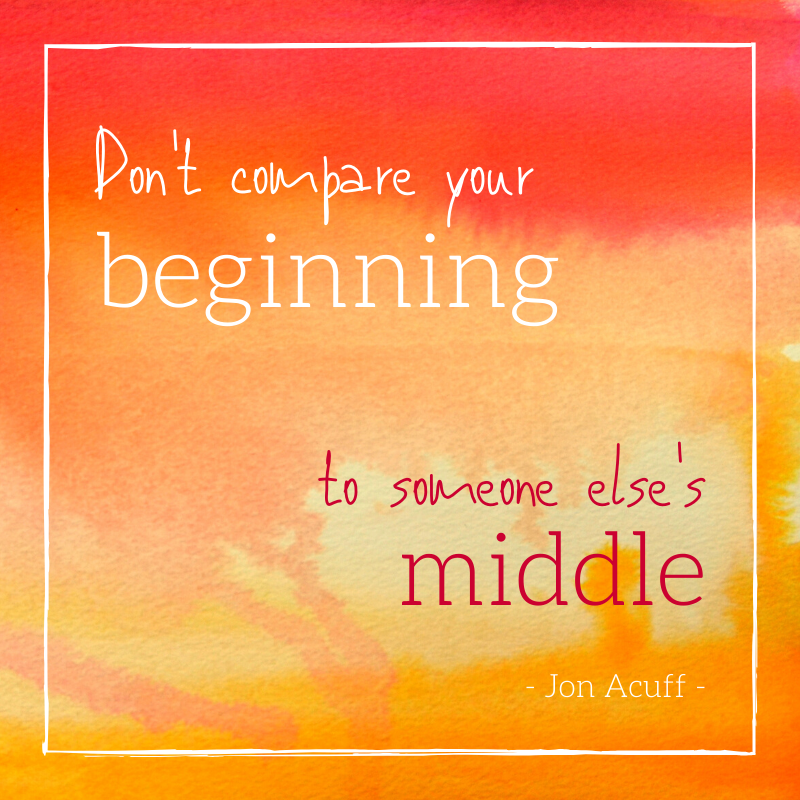
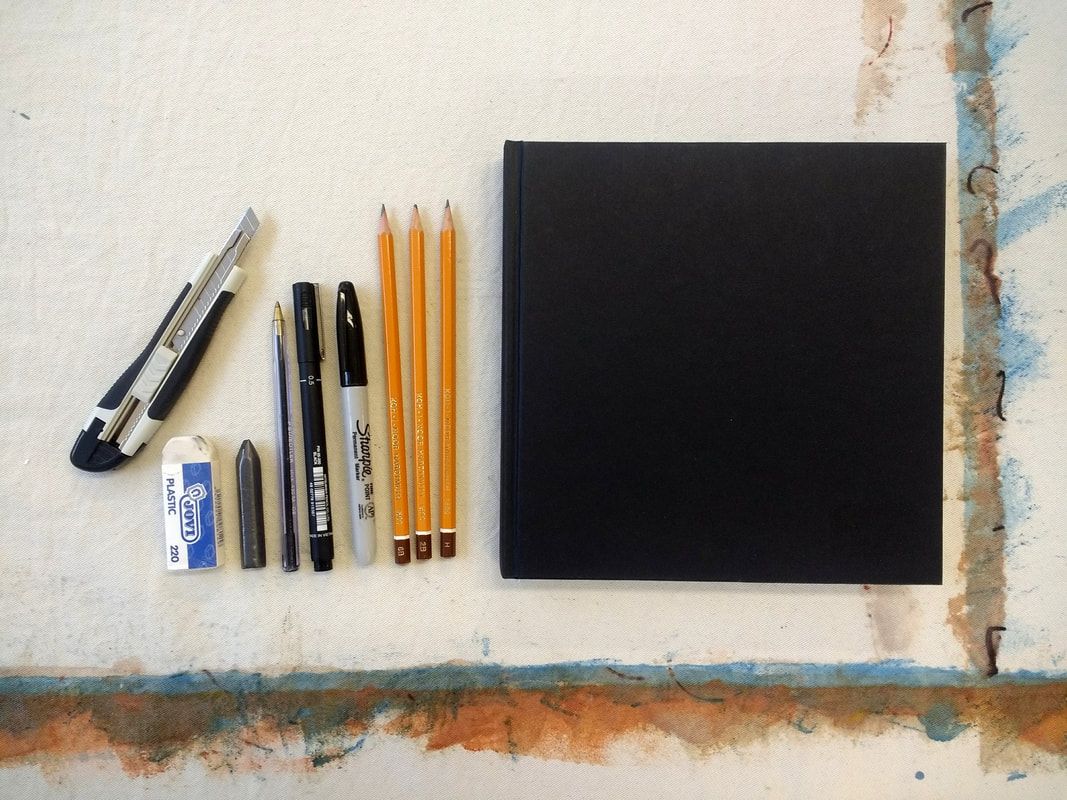

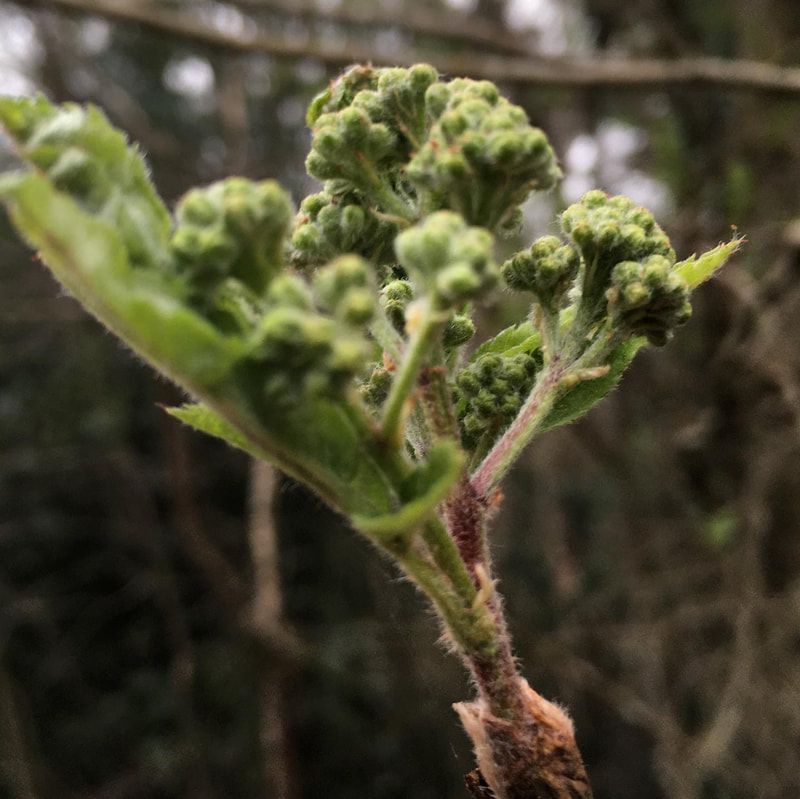


 RSS Feed
RSS Feed
